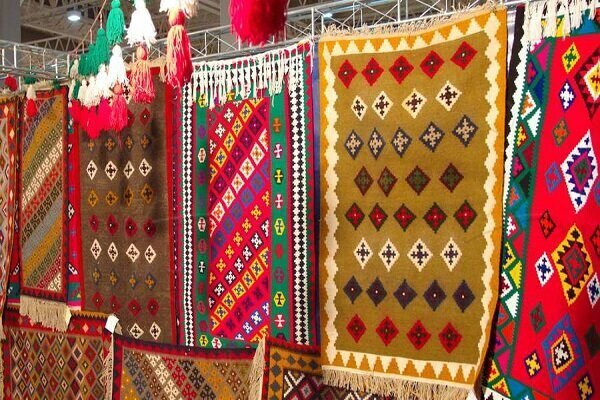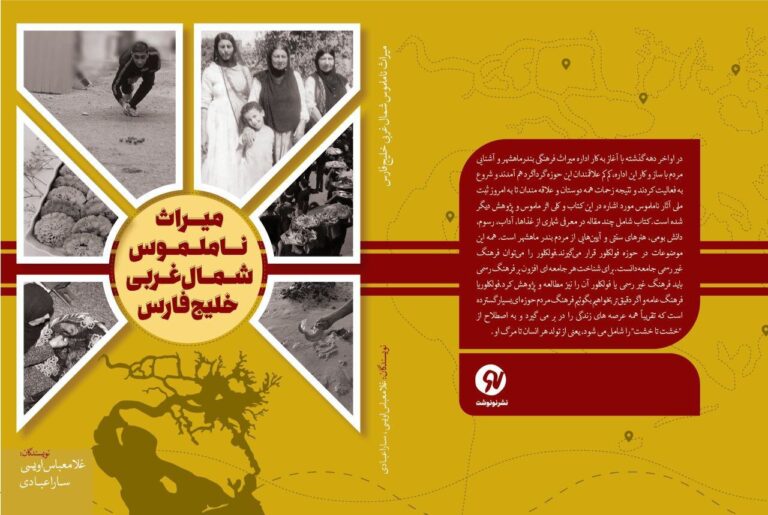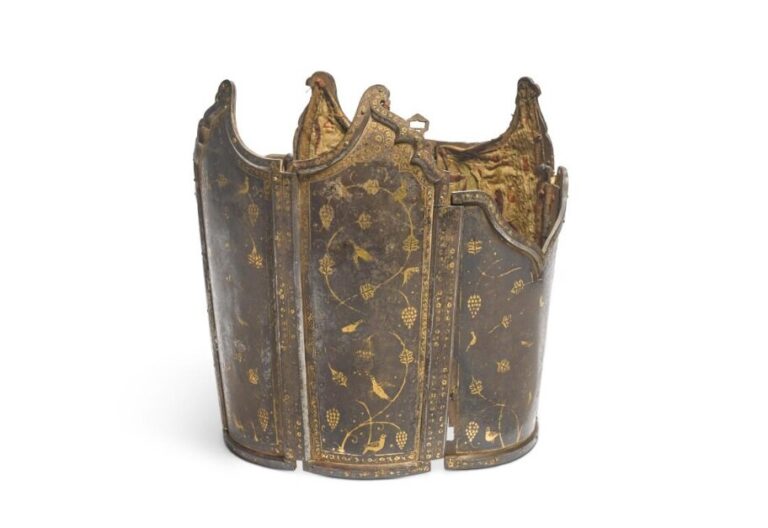Izeh Poised to Become National Kilim City: Registration on the Horizon!
Izeh, a vibrant city located in the southwestern province of Khuzestan, is on its way to being recognized as a national kilim city. This initiative is significant, as it can elevate Izeh’s unique hand-woven kilims to the global handicraft arena. According to experts, the city possesses immense potential for worldwide recognition.
The kilim, a traditional handwoven rug inspired by nature, agriculture, and tribal life, holds a special place in the cultural fabric of Iranian society. Izeh has reached remarkable heights in this art form, making significant contributions to the traditional crafts of Iran.
Shokrollah Qasemi, the deputy head of Khuzestan’s Cultural Heritage, Handicrafts, and Tourism department, recently announced that the initial assessment process for registering Izeh as the national city of kilim has commenced. This process involved the presence of Behzad Ahmadi Farsani, the director-general of the Office for Handicrafts Education and Promotion. During their visit, they explored various kilim-weaving workshops, observed urban elements adorned with kilim patterns, and noted the enthusiastic requests from the people of Izeh to achieve this goal.
Qasemi stated, “In case of gaining the necessary indicators, Izeh’s dossier will be sent to the Office of Registration of Monuments of the Ministry of Cultural Heritage, Tourism, and Handicrafts.” He further elaborated on the city’s growing kilim-weaving industry, revealing that there are currently over 29 active kilim-weaving workshops and two official institutes in Izeh. In the last Iranian year alone, nearly 500 weavers obtained a kilim-weaving certificate, showcasing the city’s dedication to this craft.
Additionally, Qasemi pointed out that seven artisans have been awarded a seal of excellence for their exceptional kilim-weaving skills. “The remarkable growth of kilim-weaving workshops in recent years has transformed Izeh into a prominent hub for this craft,” he emphasized. “We have utilized all of Izeh’s facilities to create sustainable employment opportunities and enhance urban incomes.”
Izeh’s reputation as a center for kilim weaving continues to grow. According to Abbas Rahimi, a well-known handicrafts researcher, the city has a significant chance of being acknowledged as a world city of kilims by the World Crafts Council (WCC), contingent upon certain infrastructural improvements. Izeh has long been a focal point for the production of kilim carpets, with the essential skills required for this art form being passed down through generations.
In an interview with ISNA, Rahimi noted that Izeh’s kilims are in the process of being nationally registered. He emphasized that for Izeh to earn international acclaim, better organization of existing facilities is essential. “Izeh possesses even greater potential than Dezful,” Rahimi stated, referring to another historical city in the province that has already achieved recognition as a world city for its basket-weaving craft. He cited the abundance of kilim weaving workshops and cooperative businesses throughout Izeh as evidence of its capabilities.
The kilims produced in Izeh serve dual purposes—they are not only decorative but also highly functional. Rahimi explained that gaining international recognition could significantly enhance the city’s prospects for development and progress, potentially positioning Izeh as a global hub for kilim artistry. To achieve WCC recognition, he stressed the importance of inviting evaluators from the World Crafts Council to tour the city’s kilim-weaving workshops, cooperatives, markets, and training centers.
Izeh is located approximately 180 kilometers from Ahvaz and is renowned for its rich eco-tourism. The city is home to the Bakhtiari tribe, known for speaking the Bakhtiari dialect. Nestled in a semi-mountainous region, Izeh plays a crucial role in Khuzestan’s cultural and handicraft landscape.
Kilims, which are flat tapestry-woven carpets or rugs, have been traditionally crafted in Iran and other regions of the former Persian Empire. The artistry and techniques involved in kilim weaving reflect not only the cultural heritage of the region but also the skilled craftsmanship of its artisans.
In conclusion, the journey of Izeh toward becoming a recognized national kilim city symbolizes the preservation of cultural heritage and the promotion of traditional arts. As efforts continue to improve infrastructure and attract international attention, Izeh is poised to emerge as a key player in the global handicraft scene, showcasing the beauty and intricacy of its hand-woven kilims.






